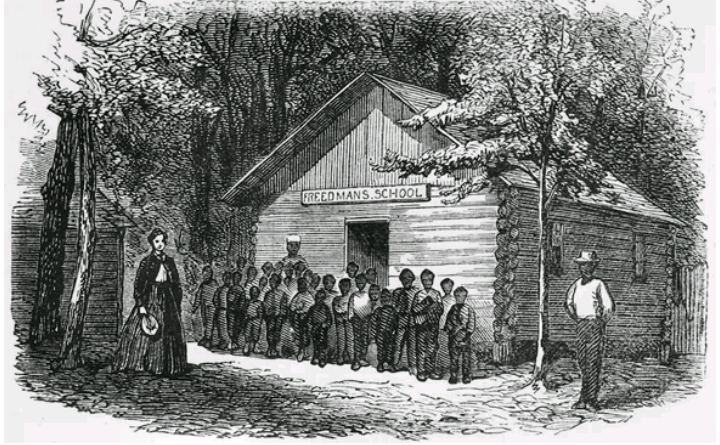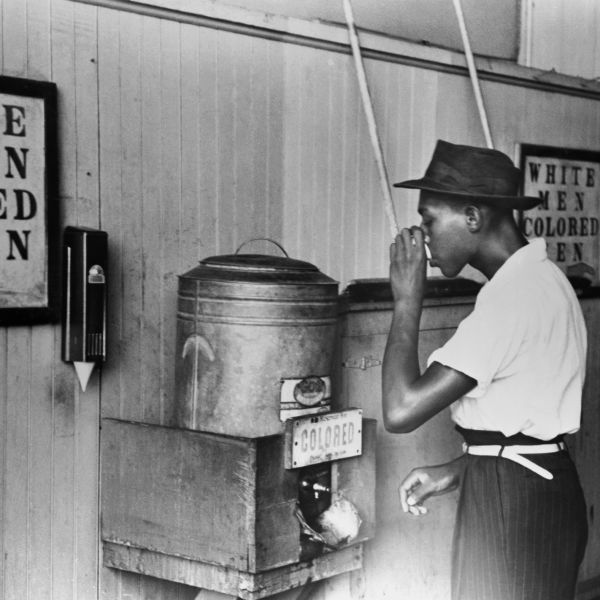- Mar 11, 2015
- 100,692
- 107,535
- 3,645
- Thread starter
- #21
A plethora of data, studies, and societal ills indicate the U.S. has yet to achieve the point of racial equity, given the prevalence of major gaps in economic opportunity, education, income, housing, and wealth that run along racial fault lines.
If racial gaps for Blacks had been closed 20 years ago, U.S. GDP could have benefitted by an estimated $16 trillion. If we close gaps today, the equivalent add to the U.S. economy over the next five years could be $5 trillion of additional GDP, or an average add of 0.35 percentage points to U.S. GDP growth per year and 0.09 percentage points to global GDP growth per year.
Closing the Black racial wage gap 20 years ago might have provided an additional $2.7 trillion in income available for consumption and investment.
Improving access to housing credit might have added an additional 770,000 Black homeowners over the last 20 years, with combined sales and expenditures adding another $218 billion to GDP over that time.
Facilitating increased access to higher education (college, graduate, and vocational schools) for Black students might have bolstered lifetime incomes that in aggregate sums to $90 to $113 billion.
Providing fair and equitable lending to Black entrepreneurs might have resulted in the creation of an additional $13 trillion in business revenue over the last 20 years. This could have been used for investments in labor, technology, capital equipment, and structures and 6.1 million jobs might have been created per year.
Closing the wage, housing, education, and business investment racial gaps can help narrow the wealth gap, which is significant for facilitating homeownership, business, and job creation, plus establishing a pipeline for intergenerational wealth accumulation.
If racial gaps for Blacks had been closed 20 years ago, U.S. GDP could have benefitted by an estimated $16 trillion. If we close gaps today, the equivalent add to the U.S. economy over the next five years could be $5 trillion of additional GDP, or an average add of 0.35 percentage points to U.S. GDP growth per year and 0.09 percentage points to global GDP growth per year.
Closing the Black racial wage gap 20 years ago might have provided an additional $2.7 trillion in income available for consumption and investment.
Improving access to housing credit might have added an additional 770,000 Black homeowners over the last 20 years, with combined sales and expenditures adding another $218 billion to GDP over that time.
Facilitating increased access to higher education (college, graduate, and vocational schools) for Black students might have bolstered lifetime incomes that in aggregate sums to $90 to $113 billion.
Providing fair and equitable lending to Black entrepreneurs might have resulted in the creation of an additional $13 trillion in business revenue over the last 20 years. This could have been used for investments in labor, technology, capital equipment, and structures and 6.1 million jobs might have been created per year.
Closing the wage, housing, education, and business investment racial gaps can help narrow the wealth gap, which is significant for facilitating homeownership, business, and job creation, plus establishing a pipeline for intergenerational wealth accumulation.











